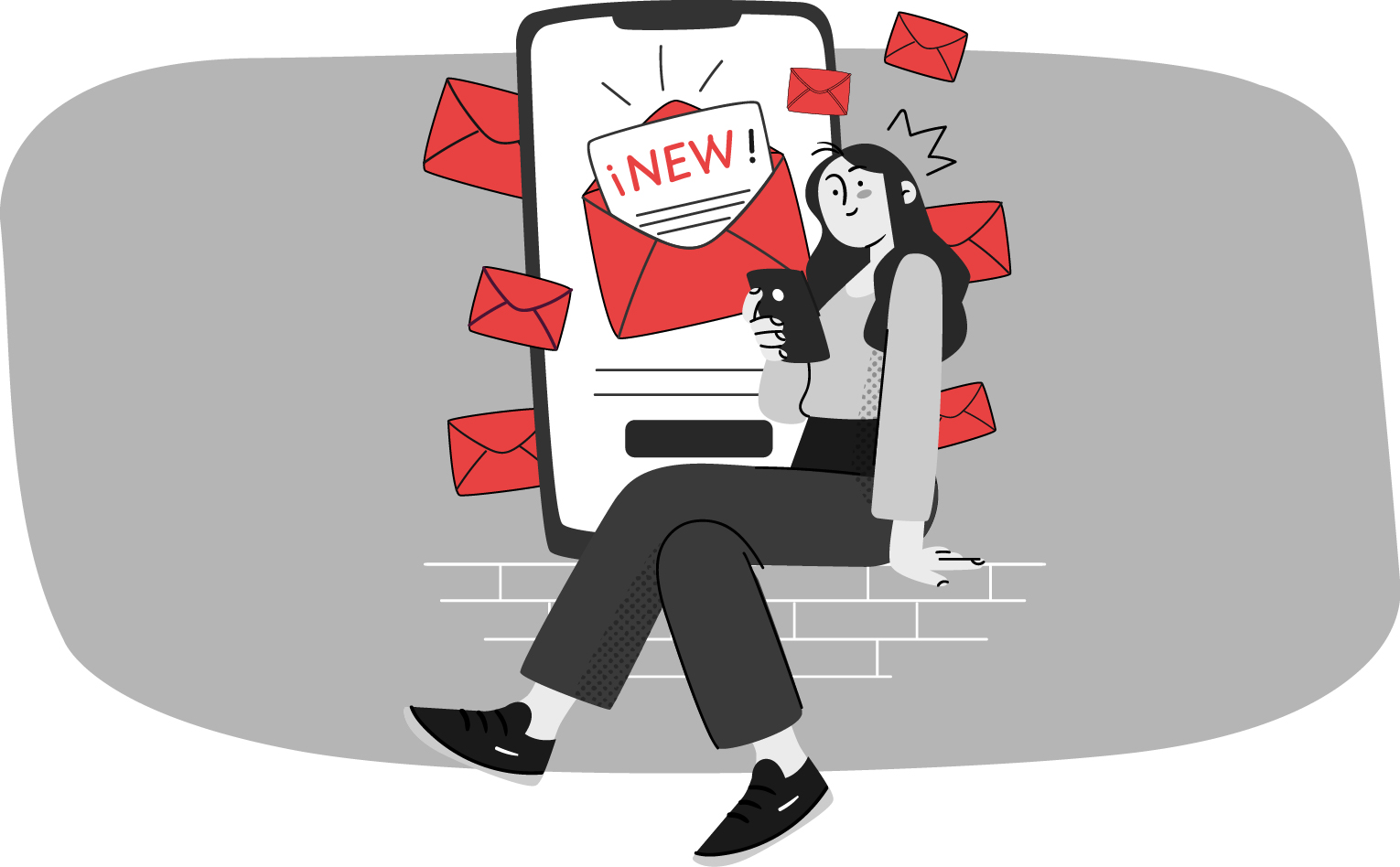Introduction to E-Marketing
E-marketing, or electronic marketing, has been growing exponentially with the digital revolution changing the way businesses reach customers. In contrast to traditional marketing, which is based on physical media, e-marketing takes advantage of online media to serve customized messages in an instant. Right from small enterprises to multinational companies, enterprises utilize it to serve larger segments, monitor real-time statistics, and increase interaction. Its flexibility, cost, and quantifiable value make it a key element in contemporary marketing strategies.
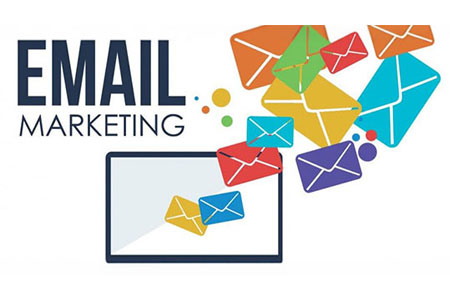
Definition of E-Marketing
E-marketing refers to the selling of goods or services over the Internet using digital media like websites, social media, email, and search engines. It is customer-focused strategies that imply interaction, data-led tactics, and online existence. Some of its most notable characteristics are real-time communication, customized communication, and focused marketing. The goal of e-marketing is not merely visibility, but actual interaction and conversion, and hence it is an effective weapon for businesses in today's competitive digital age.
How E-Marketing Differs from Traditional Marketing
Whereas conventional marketing depends on print, television, and radio, e-marketing works via digital channels, providing more flexibility and accuracy. Traditional marketing approaches cannot track detailed analytics, while e-marketing provides quantifiable outcomes in real time. With its capability for customization and reach across the world at a lower expense, e-marketing enables brands to change campaigns in seconds, target specific groups, and build direct customer relationships, all of which conventional strategies fail to do.
Features of E-Marketing

Global Reach & Accessibility
E-marketing breaks down geographical boundaries, enabling brands to reach global markets 24/7. With or without being a local startup or a multinational company, businesses enjoy immediate accessibility and perpetual engagement, far exceeding conventional limits in their market reach.
Personalized & Targeted Marketing
E-marketing takes advantage of customer data to provide targeted content that appeals to individual interests. With segmentation and behavioral analysis, brands can develop campaigns specific to groups, leading to greater interaction, enhanced customer satisfaction, and optimal conversion rates.
Automation & AI Integration
With automation and AI integration, e-marketing offers greater efficiency and precision. From auto-responder emails to smart chatbots, companies can automate processes, segment and personalize messages, and drive data-led decisions that increase ROI while customer satisfaction follows.
Interactive & Engaging Content
E-marketing lives on interactive content—quizzes, video, polls, and more. These features support two-way communications, engage users, and create brand affinity through the delivery of significant, relevant experiences that generate sustained consumer interest.
Real-Time Performance Tracking & Analytics
E-marketing enables immediate access to performance levels, allowing brands to track engagement, conversion rates, and ROI in real time. Such data-driven capabilities enable marketers to tighten strategies rapidly and optimize campaign efficiency at all times.
Advantages of E-Marketing

Increased Brand Awareness & Online Presence
By maintaining a persistent presence online on search engines, social media, and email, e-marketing enables organizations to establish brand recognition and trust. This online presence increases discoverability, drives more engagement, and creates a strong presence in consumers' minds.
24/7 Availability and Automation
In contrast to conventional marketing, e-marketing campaigns operate all day and night with the assistance of automation software. It keeps enterprises open for customers twenty-four/seven, improving responsiveness and potential opportunities for interaction and sales even after working hours.
Measurable Results with Analytics
Measurability is one most defining characteristics of e-marketing. Tools such as Google Analytics inform the marketer in great detail of activity by users, return by campaign, and conversion rates so that a marketer can make an informed choice for the highest return on investment and the optimization of the campaign.
Higher Engagement and Conversion Rates
As a result of customized content and real-time engagement, e-marketing supports greater engagement and greater conversion rates. Brands can connect genuinely with their viewers and lead them through the customer journey easily by incorporating strategies according to users' preferences.
Types of E-Marketing
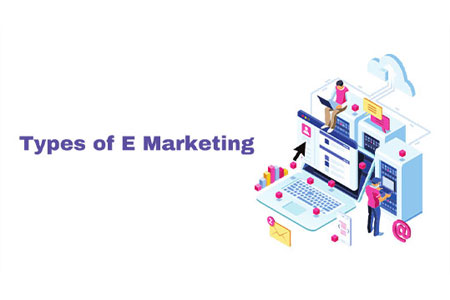
Search Engine Marketing
Online businesses can improve their visibility through search engine marketing strategies, which include search engine optimization and pay-per-click advertising on Google. Through a strategic implementation of both these methods, businesses can attain premium website traffic from specific search engine rankings as well as leads from users who are currently searching for related products or services.
Social Media Marketing
Social media marketing uses Facebook, LinkedIn, Instagram to establish communities and distribute content while interacting with audiences. Social networks provide brands with a storytelling platform as well as advertising capabilities and direct communication channels, which lead to stronger customer relationships and increased digital presence.
Email Marketing
Email marketing serves as an effective digital strategy to support lead-nurturing and customer retention activities. The delivery of personalized email content through the inbox results in better customer retention and sustained engagement with relevant updates and offers.
Content Marketing
Through valuable content creation, organizations provide audiences with educational and enjoyable materials. The combination of blogs and videos, and infographics enables brands to educate their audience while building trust and enhancing SEO, which results in organic traffic development and industry authority establishment.
Affiliate Marketing
When brands form partnerships with people or platforms that promote their products, they receive a commission in return. Performance-based marketing enables brands to reach new audiences through trustworthy partners who drive increased sales without initial advertising expenses.
Influencer Marketing
When businesses partner with influencers who share similar audience interests, they gain access to their established audience members. Through influencer marketing, the combination of trust-building with storytelling elements creates authentic brand engagement, which amplifies messaging through digital channels.
Format of E-Marketing Campaigns
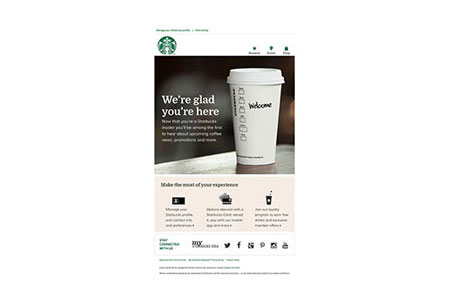
Text-Based
E-marketing campaigns use text to distribute essential material in the form of blogs, emails, and articles. These formats enable SEO optimization while establishing leadership positions through educational and convincing content that matches unique audience requirements.
Visual-Based
The audience reacts more rapidly to visual content such as videos, infographics, and social ads. The dynamic tools help reduce message complexity while generating emotional responses, which improve brand recall, thus becoming vital for grabbing attention.
Audio-Based
Marketing through sound employs podcasts, voice search, and audio advertisements to target people who listen while they move. The hands-free format provides better access while delivering personal brand stories that establish lasting listener relationships based on trust.
Interactive
The audience can actively participate through interactive e-marketing campaigns in real time. The combination of webinars, polls, surveys, and chatbots enables businesses to strengthen relationships with users through customized journey guidance and interactive feedback while collecting valuable data.
Cost of E-Marketing
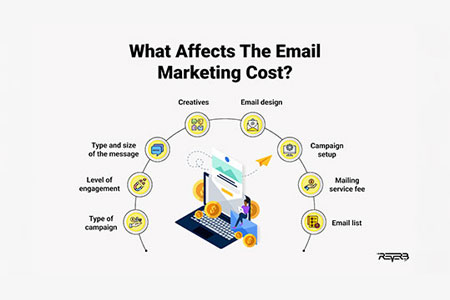
Factors Affecting E-Marketing Costs
The total expense of e-marketing initiatives emerges from various factors such as the complexity of the campaign and the selected marketing platform and content generation, and paid advertising costs. Business planning needs to account for audience reach and software automation capabilities, and data analysis tools because these factors determine effective cost management.
Comparing E-Marketing vs. Traditional Marketing Costs
The use of digital marketing techniques proves to be superior in financial performance when compared to conventional marketing because it generates a better return on investment while requiring reduced initial funding. Digital marketing strategies surpass traditional print and television advertising because they offer adaptable scaling options along with precise monitoring capabilities and real-time adjustments for minimal resource waste and maximum outcome achievement.
Budgeting for an E-Marketing Campaign
The foundation of proper budgeting requires organizations to establish their objectives before they choose suitable marketing channels. Divide your budget between content production together with advertising expenses as well and required tools and analysis software. Businesses need a well-structured e-marketing budget that achieves specific goals through efficient spending that maintains continuous online visibility.
Effectiveness of E-Marketing
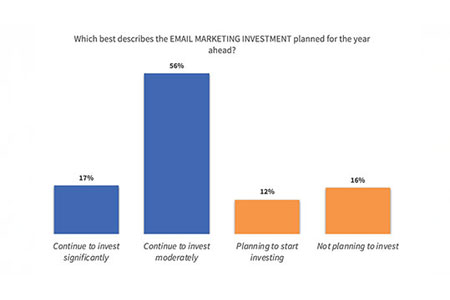
How E-Marketing Boosts Customer Engagement
Customer engagement improves through the implementation of e-marketing, which combines personalization with interactivity and timely messaging. The practice of sending targeted emails together with real-time social interactions draws customers closer to brands while making them more loyal throughout their digital interaction experiences.
Measuring the Success of an E-Marketing Campaign
A company's achievement in marketing is assessed through the evaluation of click-through rates as well as conversion rates, and return on ad spend. Businesses use e-marketing tools to gain deep knowledge about their performance, which allows them to enhance their strategies while optimizing targeting practices and achieving ongoing growth.
Case Studies: Brands That Achieved Success Through E-Marketing
Both Nike and Airbnb reached their pinnacles of success through e-marketing by using various social media campaigns together with influencer partnerships and personalized content to expand their reach and build communities that resulted in measurable global conversions.
E-Marketing Examples
Successful E-Marketing Campaigns from Global Brands
The practice of e-marketing enables well-known worldwide brands such as Coca-Cola and Apple to deliver engaging narratives while creating infectious promotional content and establishing direct audience connections. The achievement of digital platforms in establishing enduring brand connections while driving substantial audience interaction has been proven by their success.
Small Business E-Marketing Success Stories
Beginner-level e-marketing tactics such as email newsletters and social media campaigns help small businesses achieve success through local SEO and budget-friendly approaches. Through these tools, small organizations gain an equal opportunity to develop brand recognition and succeed in their online competition.
How Different Industries Use E-Marketing Strategies
The retail industry, along with healthcare and other sectors, implements specific e-marketing approaches. Product advertising combined with retargeting serves e-commerce, while education and finance industries employ webinars and email campaigns on digital platforms for audience interaction that leads to results.
FAQs
Businesses experience growth from E-marketing systems that expand their audience base and drive online visitor traffic while achieving customer retention through their digital engagement strategies.
Digital platforms offer personalized time-specific customer interactions, which result in valuable customer relationships that last a long time.
Startups achieve success by implementing SEO, email marketing, and social media ads as their core strategies to boost visibility, attract leads, and create lasting customer relationships without significant financial investment.
The retail sector, along with e-commerce companies and tech businesses, and educational institutions, achieves substantial success because of their targeted marketing efforts combined with digital user data analytics.
The most effective online marketing tools for businesses include Mailchimp, HubSpot, Hootsuite, and Google Ads, which deliver automation services alongside analytics and campaign management capabilities.


